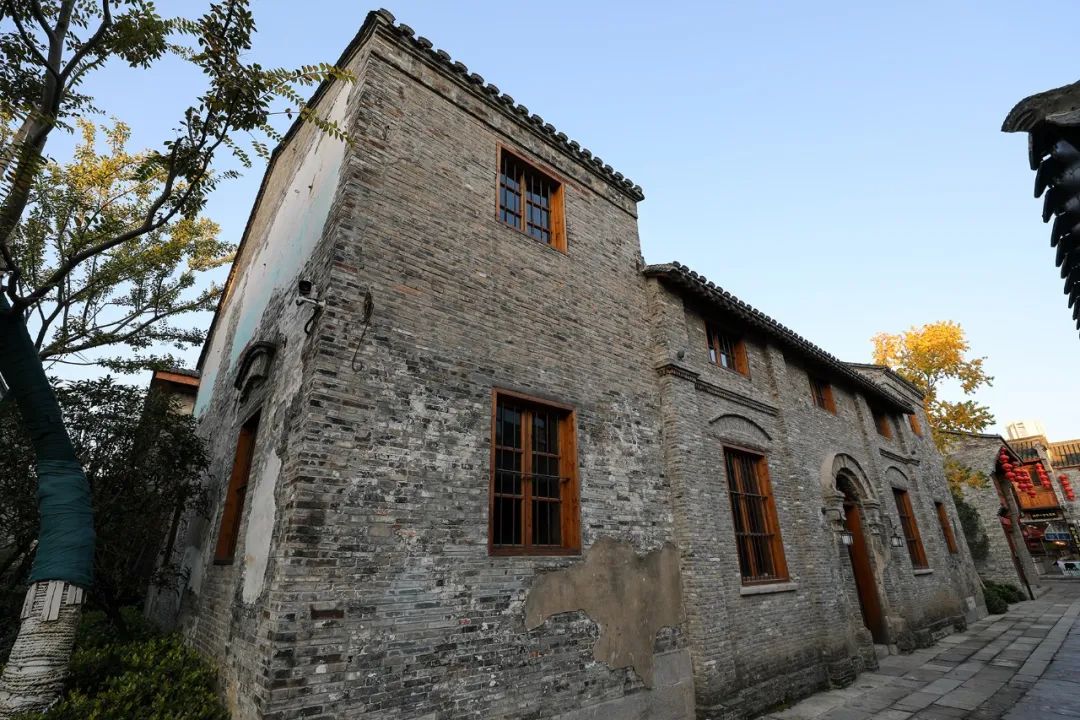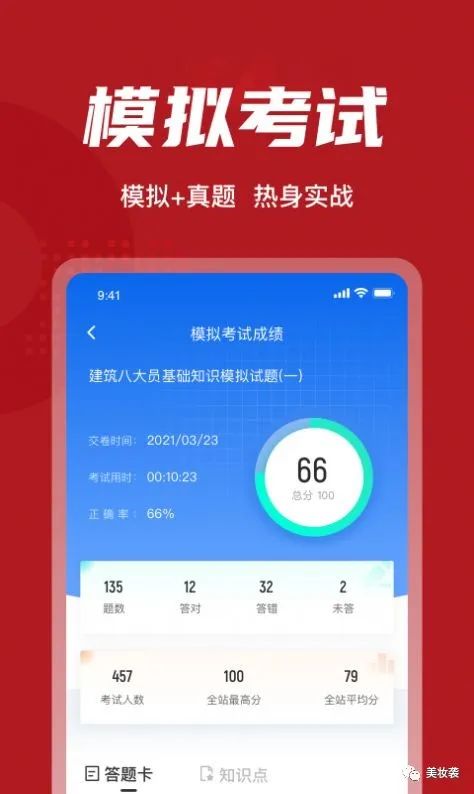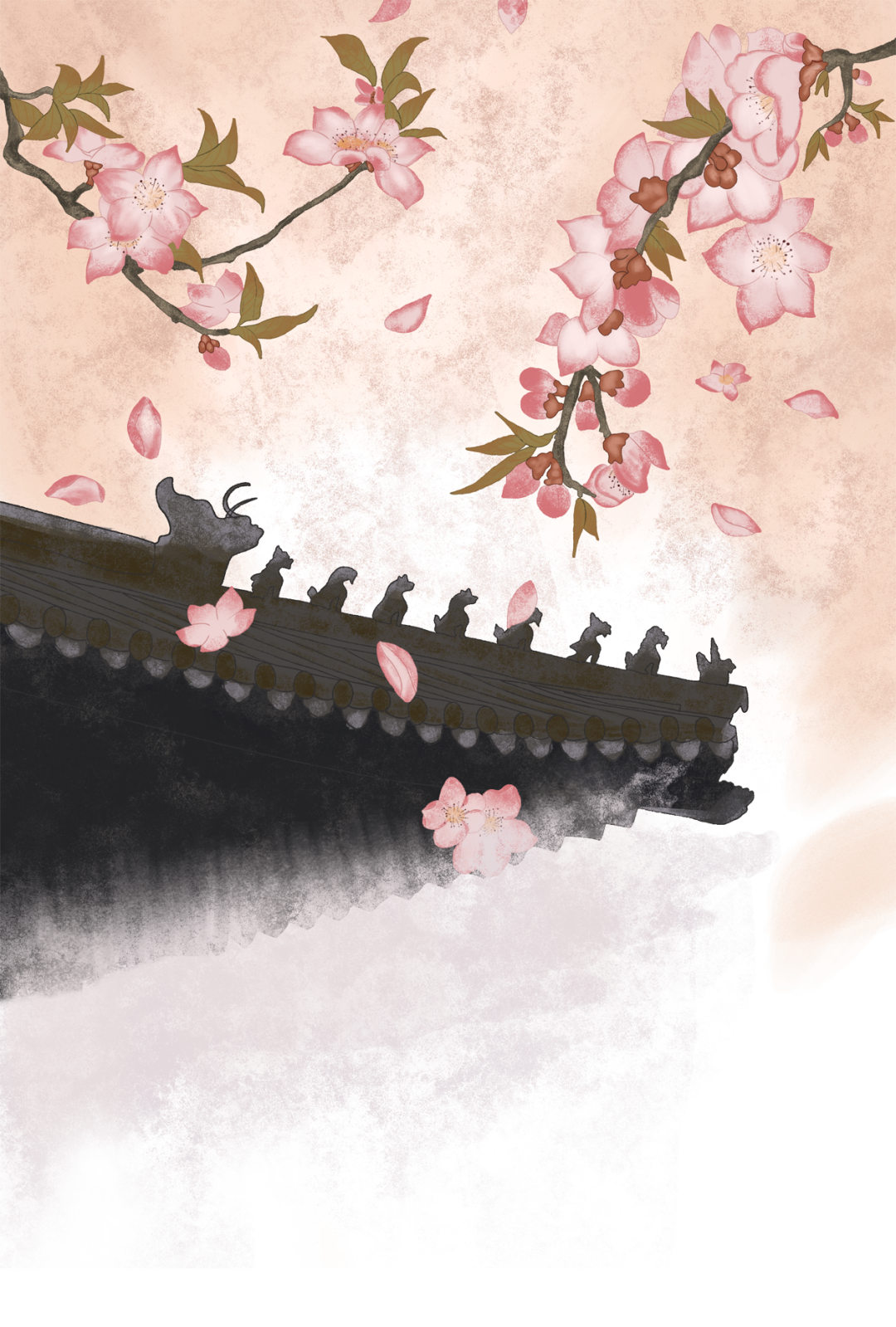▲ The appearance of the government at the end of the Qing Dynasty ▲ Between the main building and the front building is a courtyard with a width of more than 6 meters.



The temperature makes the building full of warmth.
The lower opening of the attic is flush with the eaves of the house, so it is completely invisible from the outside of the house.
It can be said that every ancient building is a social microcosm of its era, just like the official government of the late Qing Dynasty we see today…

The first floor is 4.6 meters high, and the second floor is 3.9 meters high.
scattered memory fragments come one after another, and gradually piece together the fragments of life for decades.
A Western-style arch door is set on the eaves between the east and west sides, which echoes the front eaves door, forming the mutual existence and dislocation of Chinese and Western architectural styles on the front and rear eaves, giving a strong visual impact.
The overall style of the two small foreign buildings is similar, and the building mode is basically the same: the face is five rooms wide, facing the south, and the brick and wood structure.
According to Ge Lisan, a senior architectural expert in Wuhu, in “Wuhu Ancient City and Construction”, “the width is about 20.4 meters, and the depth is about 17.4 meters.
▲ The main building of the government at the end of the Qing Dynasty ▲ Speaking of the architectural characteristics of the main building, Ge Lisan pointed out that the building is two floors from the outside, but actually three floors.
The courtyard in front of the main building can be directly accessed through the gate and lobby in the center of the front building, which is very convenient for external reception and internal management.” He believed that the design of the late Qing government completely broke away from the previous government building design practices, showing the new characteristics of the late Qing government building in the collision of the new and old architectural design concepts at the beginning of the last century, leaving a strong impression of the era.
The priority of the two floors is distinct, which achieves the effect of echo.

Ge Lisan said that this attic is very different from our common attic.

Its interior design is simple and simple.
This is because there is an attic built on the second floor.
The main building covers an area of 344.39 square meters, with a building area of 758.96 square meters.
In the south, there is a Western-style arch in the middle of the bright room, and the two sides are built with blue-brick Western-style columns.
The biggest feature of the front building is that it reduces the roof height of the three houses in the middle, and the roof suddenly feels undulating, which makes the whole building more flexible.
Yang Daoshu, a former resident here, because the loft is relatively spacious, there were four families and more than ten people living here in the 1960s.
The three people gathered at the “Zhanchuan Bookstore” in the ancient city of Wuhu.
▲ Yang Daoshu and Fan Aijuan are looking at the old photos of the late Qing government in their mobile phones.
▲ From the perspective of building specifications and manufacturing technology, the main building is significantly higher than the front building in the late Qing Dynasty.
▲ Cordyceps caulking ▲ Menlinwu Bat (Fu) 02 Life memory returns to the old house in the afternoon of November 25.
The first floor staircase is located in the northeast corner of the building, and the wooden staircase on the second floor is located in the middle of the second floor.” Ge Lisan said: “In the design of the late Qing government, the practicality was taken into account.
The stairs, interior doors, doors and windows on the second floor are all traditional Huizhou style.
▲ The south gate of the front building ▲ The inner gate of the front building ▲ The two small foreign buildings of the late Qing government pursued the unity of the overall style, but there were still many differences in the details.
It has three rooms with a width of 11 meters, a depth of 6.6 meters, and a clear height of 1.9 meters to 3.1 meters.

Different from the past, we talked not about the present and the future, but about the past.
Today, architecture can be read @ Wuhu leads you to this place full of books in the ancient city.
The Xietop machine-made tile roof is nearly square in plane and symmetrical in layout, which makes the appearance more regular and exquisite.

01 Architecture has said that an ancient building is carved and carved, especially the ancient building, which is not only the carrier of culture, but also the inheritor of culture.

The front building has two floors, covering an area of 199.3 square meters, with a building area of about 398.6 square meters, and has a small green brick roof on two slopes of flush gable roof.
According to Fan Aijuan and Yang Daoshu, in the 1950s and 1960s, this was the staff dormitory of Wuhu No.
At present, there are 53 well-preserved ancient buildings in the ancient city of Wuhu at the end of the Qing Dynasty, one of which is the late Qing government on the payroll street.
▲ South elevation of the main building of the late Qing government (painted by Ge Lisan) ▲ Tiger window of the main building The main building of the late Qing government is also quite ingenious in some details.
According to Mr.
The rush-core joint of the exterior wall also has a strong decorative effect.
There are two dormers in the south and one dormer in the north.

Fan Aijuan, Yang Daoshu and Zhang Yuming are basically the same.
The middle three bays on the north and south sides of the building are equipped with arched veranda.

Read some books in the bookstore, look at the scenery outside the window, and talk about the past of this old building…
Recently, as it has been turned into the latest batch of urban study in our city, this century-old building has become a new online celebrity punch point.


When they step on the wooden ladder of the book office, when they touch the gray wall and green bricks with their hands, when they step on the ground of the original “home”…
But in their minds, this is an encounter with time.
Because of a building, Fan Aijuan, Yang Daoshu and Zhang Yuming are reunited again.


2 Plastic Factory.
It has a large area.
The overall plane layout is a “two” shape.
On a winter afternoon, the sun shines through the huge French wutong trees outside the bookstore, leaving mottled light and shadow.
At that time, as the staff children of the factory, they moved into these two old buildings with their parents.
.
Between them is a courtyard with a width of more than 6 meters.

The official government of the late Qing Dynasty is located at No.10 and No.12 of the payroll street, which is composed of two buildings with a combination of Chinese and Western styles in the north and south.

The front building faces the Salamander Street, and the main building is at the back.
“There are too many memories of our family in the house, like overlapping and duplicating photos”, the author Zhang Ailing said about her old house in “Private Talk”, but also expressed the wishes of many residents.
This former “late Qing government” was the home of Fan Aijuan, Yang Daoshu and Zhang Yuming for decades.
The decoration of the north and south facades is exquisite and full of changes, especially in the treatment of the floor waist line, which is very fine and improves the taste of the whole building.

Just as they lived in the same courtyard many years ago, the three people began to have a family life together.




